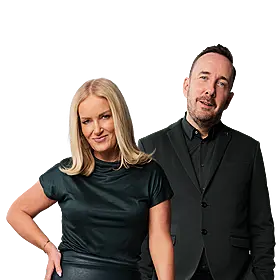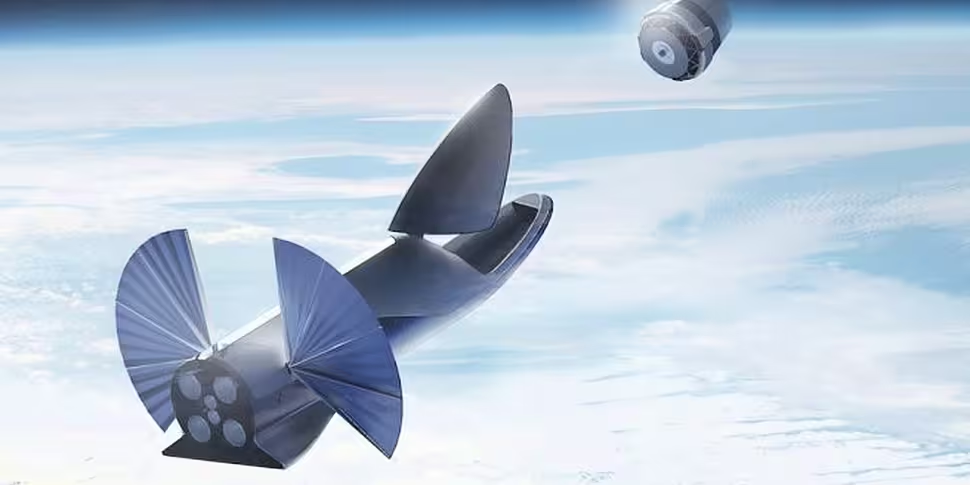Elon Musk has revised his ambitious plans for the Interplanetary Transport System he aims to use to colonise Mars.
The serial entrepreneur said the updated plans will allow the spacecraft to transport people to Mars, assist in the construction of a base on the moon - and provide commercial travel to anywhere on Earth in under an hour.
Speaking at the International Astronautical Congress (IAC) in Adelaide, Musk said he still aims to start sending people to Mars in 2024 – adding that construction on the necessary spacecraft to support the mission would begin next year.
Big F**king Rocket
Musk originally put forward his vision for the space craft, codenamed the BFR (Big F**king Rocket) at last year’s congress.
One year on, the SpaceX CEO’s vision was no less ambitious – although the rocket has been scaled down to allow it to perform the other tasks the company has become known for.
He said the new plan would “cannibalise” all of SpaceX’s other products and refocus all the company’s efforts on the BFR.
The new rocket could then be used to meet all the needs of the company’s customer base – essentially allowing it to pay for itself.
"I think we've figured out how to pay for it,” he told the congress. “This is very important."
Point-to-point travel
Once constructed the BFR will be used to launch satellites and service the International Space Station – as the company’s Falcon 9 rocket is currently doing.
However, the new rocket will also be designed to transport people to the Moon and Mars – as well as provide point-to-point travel on Earth.
“If we can do that, then all the resources that are used for Falcon9, Dragon and Heavy can be applied to this system,” he said.
He said most destinations on the planet will be reachable within half an hour – with passengers travelling any further faced with travel times of one hour.
“If we’re building this thing to go to the Moon and Mars then why not go to other places on earth as well,” he said.
"Most of what people consider to be long-distance trips could be completed in less than half-an-hour.”
He said the cost per seat should be about the same as full-fare economy in a plane.
Space travel
Although the new BFR will still be massive, it is smaller than originally planned at 106 metres in height and nine metres in width.
Supporting the creation of a permanent, self-sustaining human presence on Mars. https://t.co/kCtBLPbSg8 pic.twitter.com/ra6hKsrOcG
— SpaceX (@SpaceX) September 29, 2017
As well as being the CEO and chief designer at SpaceX, Musk also founded the Tesla electric car company and is chairman of SolarCity renewable technology company.
SpaceX has already revolutionised the space travel industry by building rockets that can be re-used - slashing construction costs.
The company has now completed a host of successful re-landings of its Falcon 9 rocket.
Two of the rockets have since been re-used.









